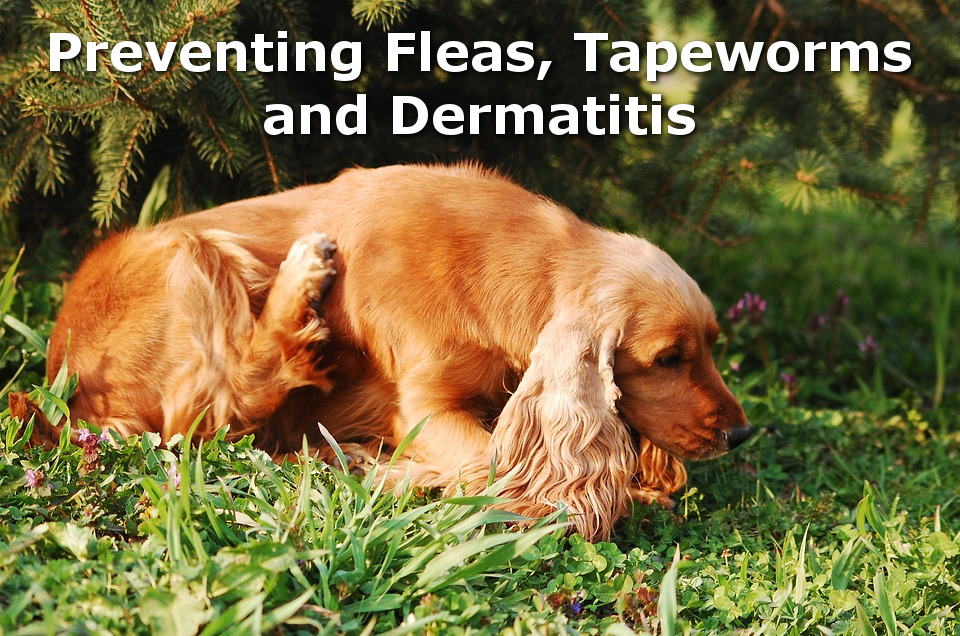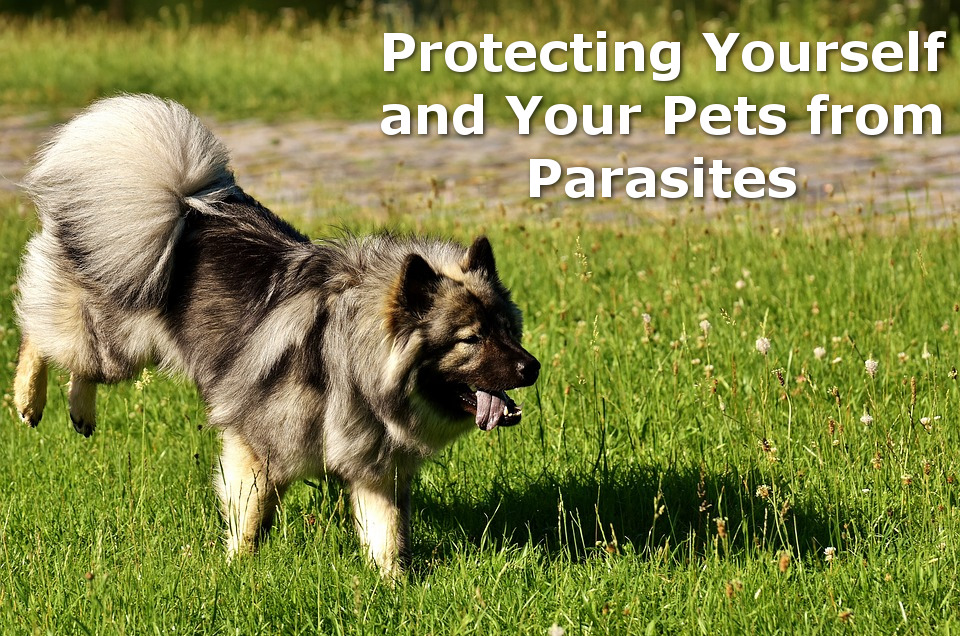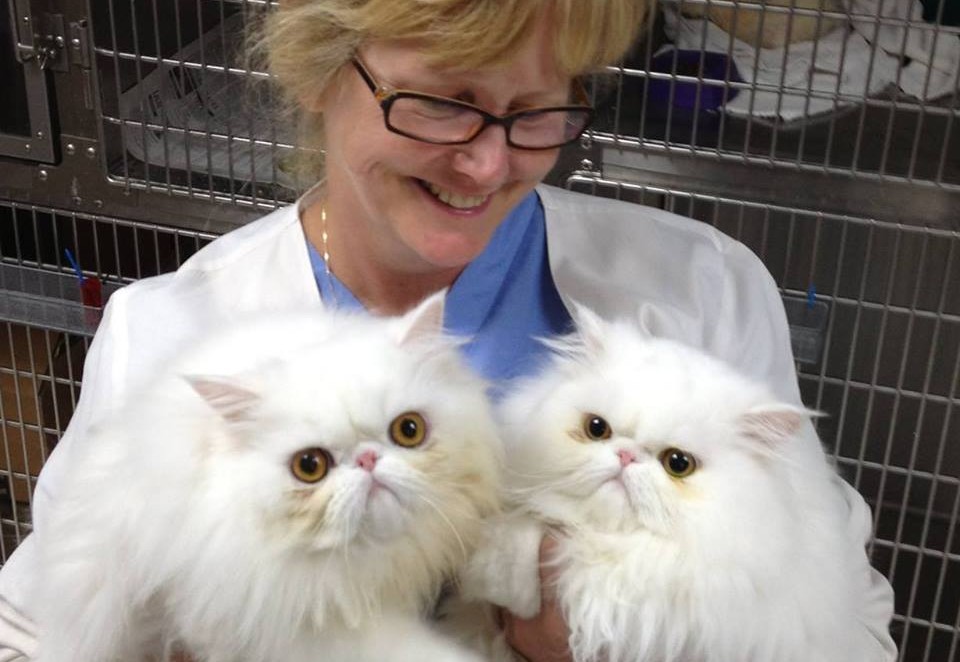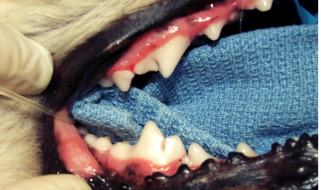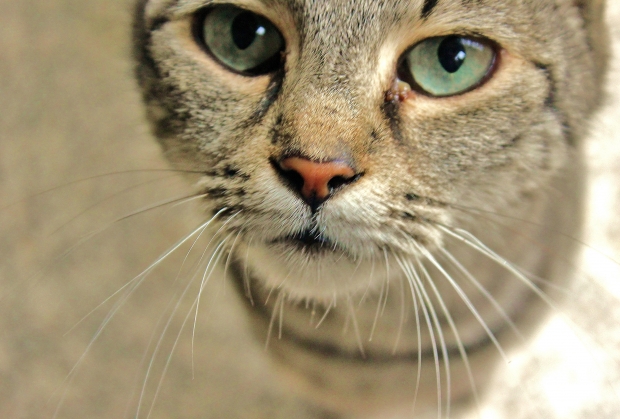Texas summers bring the increased likelihood of fleas, tapeworms and dermatitis in pets. Milder temperatures and increased humidity provide ideal conditions for survival and increased reproduction rates for these pests. Fortunately, there are many safe and effective flea, tapeworm and dermatitis products that can help control these.
Continue reading Tips for Preventing Fleas, Tapeworms and Dermatitis this Summer





